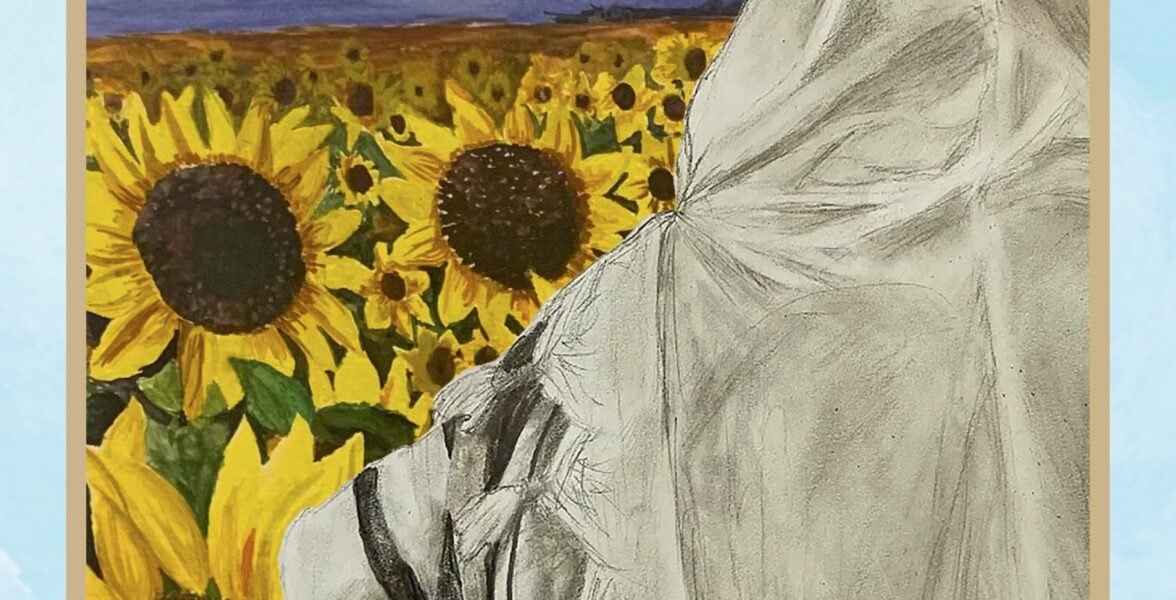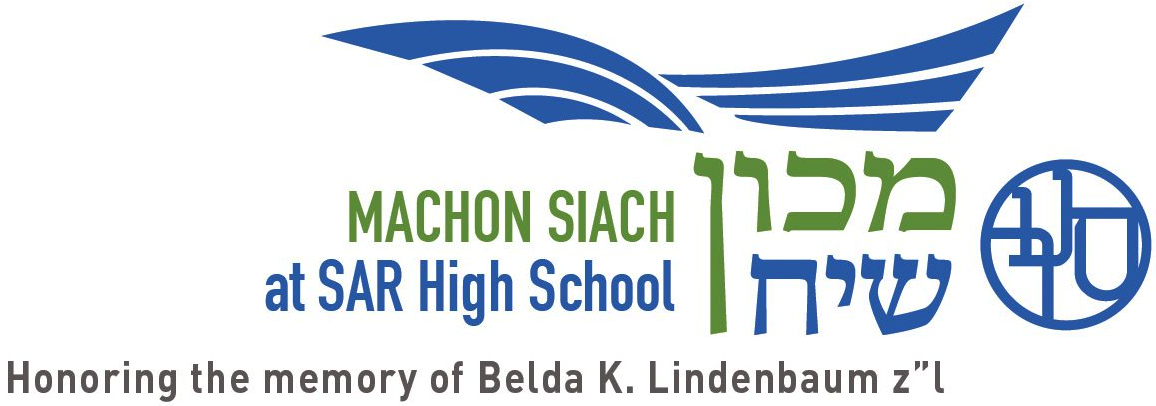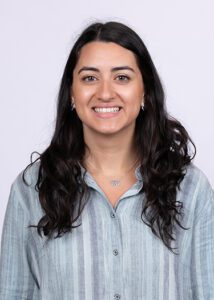
A Sephardic Voice: Bringing Selihot to Life at SAR
Some of my fondest memories of the High Holidays revolve around arriving at shul with my father and four younger sisters long before anyone else. My father, one of the hazzanim, always arrived early to prepare. I eagerly anticipated hearing each participant’s spin on “Anenu” and singing joyfully from the women’s section. After Yom Kippur, my friends and I would harmonize to “Adon HaSelihot” for weeks.
I’ve been working at SAR for nearly ten years, and while my Sephardic background was never a secret, it wasn’t until last year that I began to focus more on building Sephardic life at the school. During my earlier years at SAR, while proud of my heritage, I also found myself toning down my Sephardic identity. I adopted more “Yiddishisms,” adjusted my Hebrew accent to sound more Ashkenazic (to my Sephardic father’s dismay), and even started singing “Shema” with the Ashkenazi pronunciation and tune.
I recently took on the new role of Director of Sephardic Engagement at SAR. My role focuses on ensuring that Sephardic traditions, voices, and halakha are represented and celebrated within the school’s curriculum and programming. I also aim to create a space where Sephardic students can connect with one another and their heritage, fostering a deeper connection through our dedicated minyan and Sephardic Culture Club. My goal is to create, together with students, an inclusive environment where Sephardic members of the SAR community feel a strong sense of belonging while ensuring that their voices, culture, and halakhot are represented in the broader school environment. As part of my role, I met with leaders from Sephardic organizations, including UJA’s Sephardic division and JIMENA (Jews Indigenous to the Middle East and North Africa). Rabbi Daniel Bouskila of the Sephardic Education Center emphasized the importance of having a strong Sephardic minyan, noting that much of the community-building at school would naturally flow from that cohesive group. He seems to have been correct; this tefillah is the space where Sephardic students spend the most time together and feel proud that they are the only tefillah in school praying with a different nusach.
During the summer of 2023, as the school year approached, I knew that we would be reciting Selihot on the very first day of school, and, thinking back to my days of singing the Sephardic Selihot with my father, I realized that, as part of my new role, I needed to curate SAR’s first-ever Sephardic Selihot booklet. I frantically called my father, and we spent hours curating an abridged selection of Sephardic Selihot. Relying heavily on Sefaria’s wonderful Edot Hamizrach Selihot text, we chose the prayers that we felt most students would know and that I thought were especially “fun” and meaningful for a student minyan. While I entered this school year pleased with the fact that we had created a physical document to hand out to the students, the teacher in me wanted to create something aesthetically pleasing as well rather than the photocopied handouts we used for last year’s Selihot recitations. I had promised myself that by this school year, we would have a beautifully designed Selihot booklet ready in time for Elul.
To meet this goal, this past summer, I reached out to Rabbi Yehoshua Lindenbaum and Rabbi Dr. Moshe Drelich, who had created a thoughtful Ashkenazi Selihot pamphlet for SAR High School years ago, asking for their advice, and I even incorporated some of their commentaries where the Selihot overlapped. SAR art teacher Mr. David Wander helped me connect with Sephardic students whose artwork could be featured in the book. I chose a turquoise color for the booklet since that shade is traditionally associated with Sephardic culture and, to me, symbolizes the joy of reciting Selihot.
This year, because Rosh Hashanah falls late in the Western calendar, we had the unique opportunity to recite Selihot for an entire month of the school year. On September 3rd, the second day of school, we distributed our new Selihot pamphlets in our Sephardic minyan. The students were excited and even shared their feedback on their favorite prayers. One 10th grader, Lea Tachauer, recently said, “I look forward to saying Selihot every morning. It’s really a nice way to start the day. Having Sephardic tefillah again after being in summer camp where I didn’t have that is especially meaningful. Selihot are reminding me of the upcoming holiday and getting me into that mindset.” Having finished the booklet, I am now in the process of recording all of the Selihot to create an online version of the booklet with clickable links to recordings so every student can learn how to sing them.
This project began with a simple goal: to inspire Sephardic students to feel excitement and connection during Selihot and the Yamim Noraim. I wanted to provide something as accessible and engaging as the text our Ashkenazi students use in their tefillot services at school, ensuring that Sephardic students can feel a true sense of belonging and participation in tefillah. Watching their enthusiasm grow—both around the new booklets and the recitation of Selihot—has been deeply rewarding. Yet, what started as a way to help my students connect also gave me something unexpected: personal meaning and reconnection. The Sephardic Selihot project, along with my new role as Director of Sephardic Engagement, has rekindled a part of my identity that I don’t always get to showcase and bring my full, authentic self to school. I have become SAR’s “go-to” person for Sephardic matters and, more importantly, a part of my identity I once felt I needed to make smaller can rise to the surface. I don’t need to minimize this central aspect of my Jewish identity, and I hope that I offer my students a model of the way they too can feel about their Sephardic heritage.



